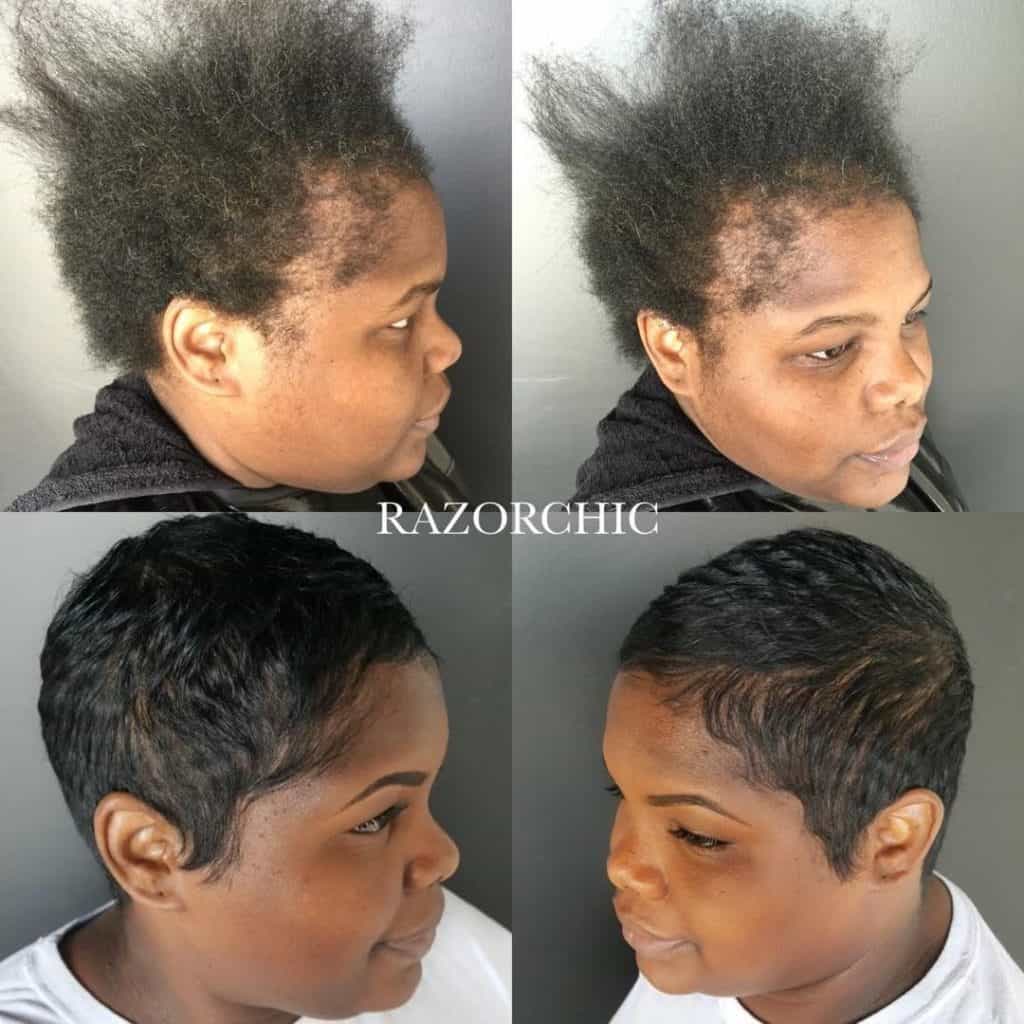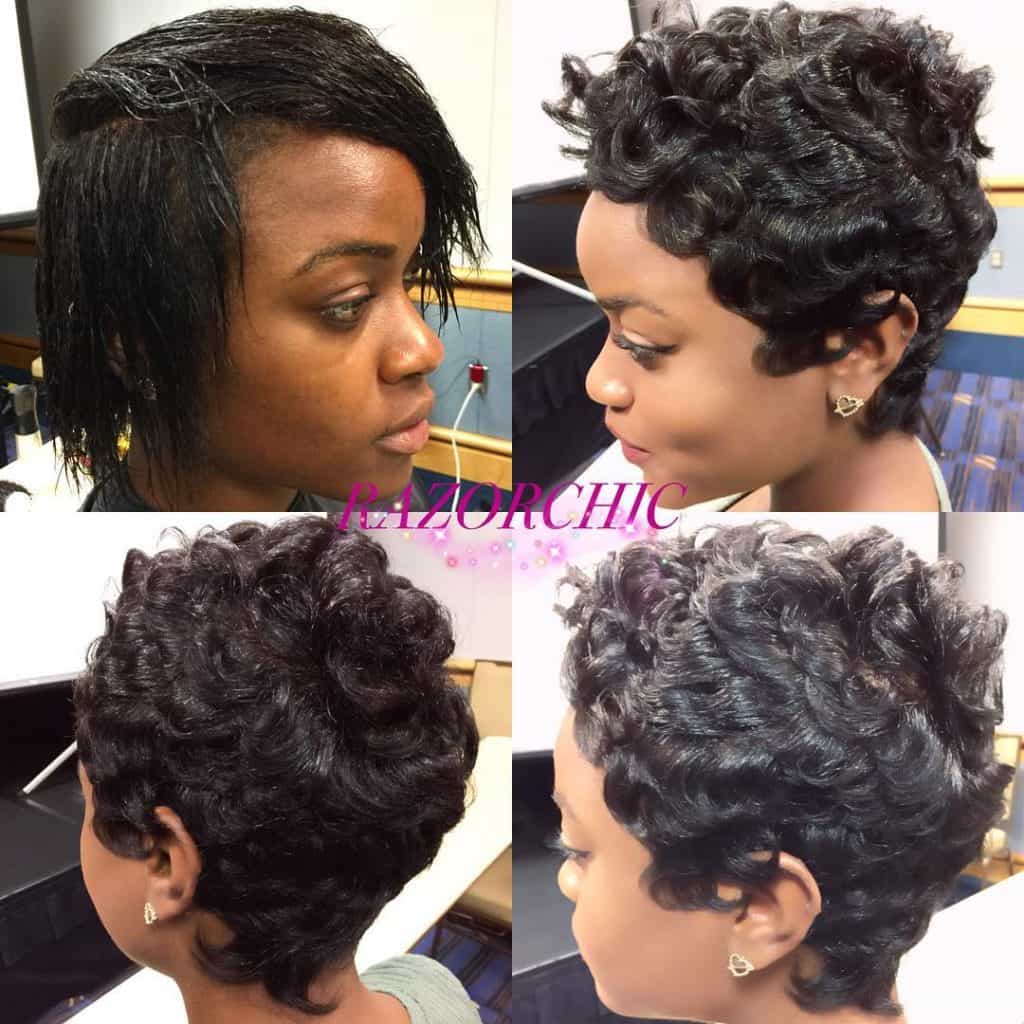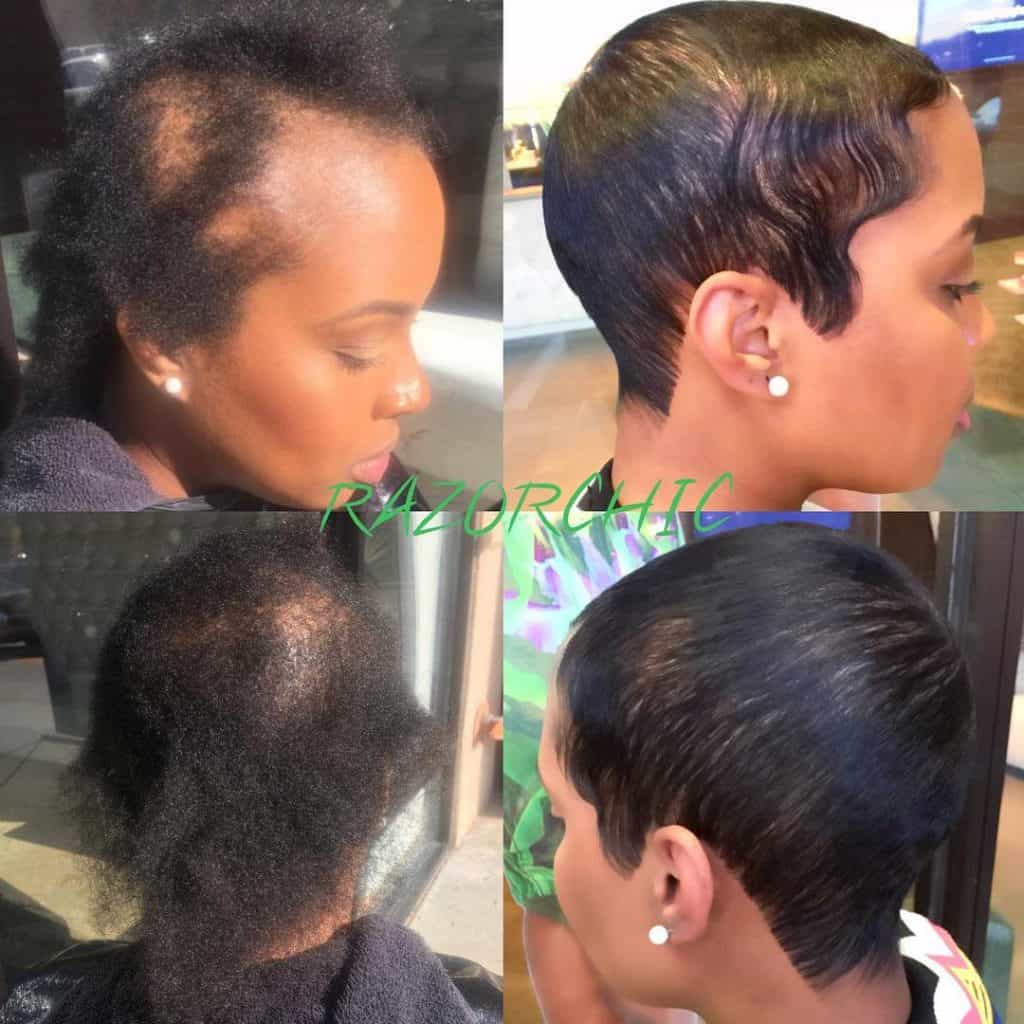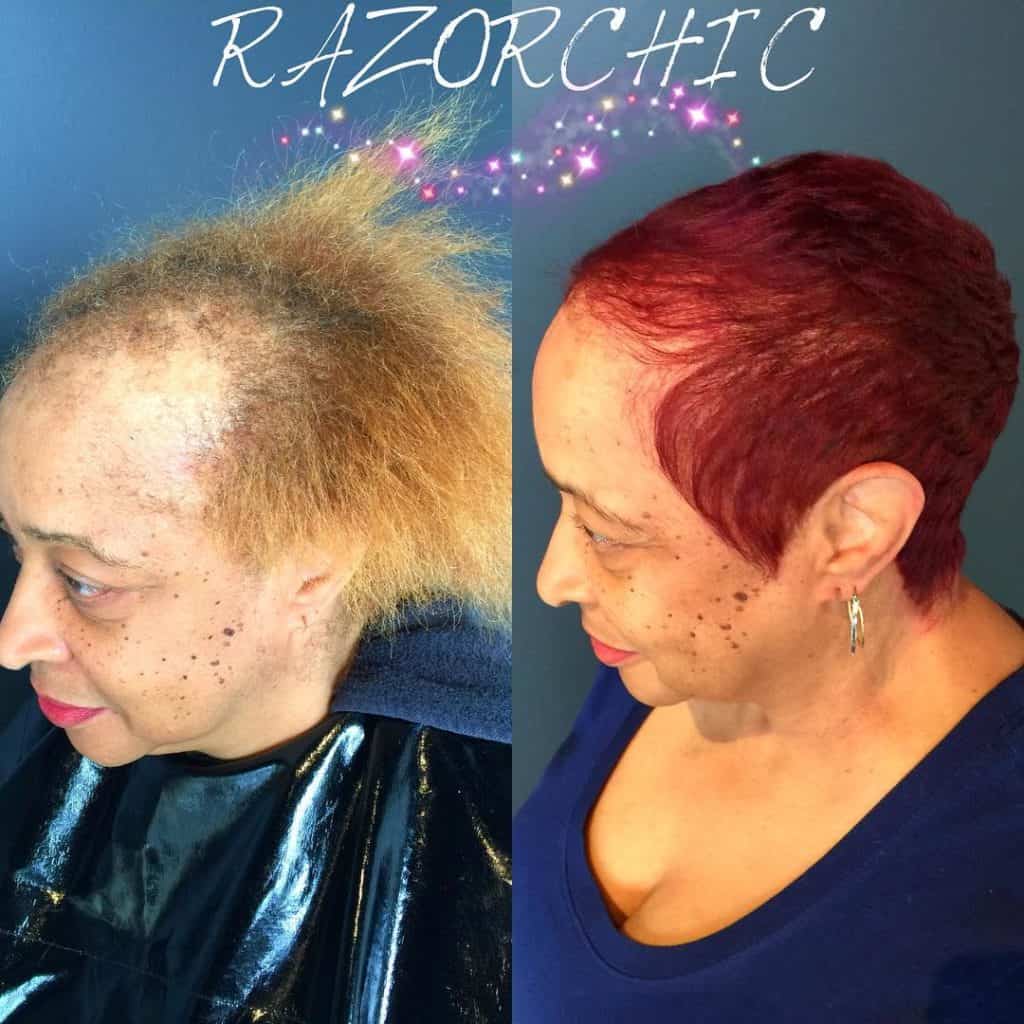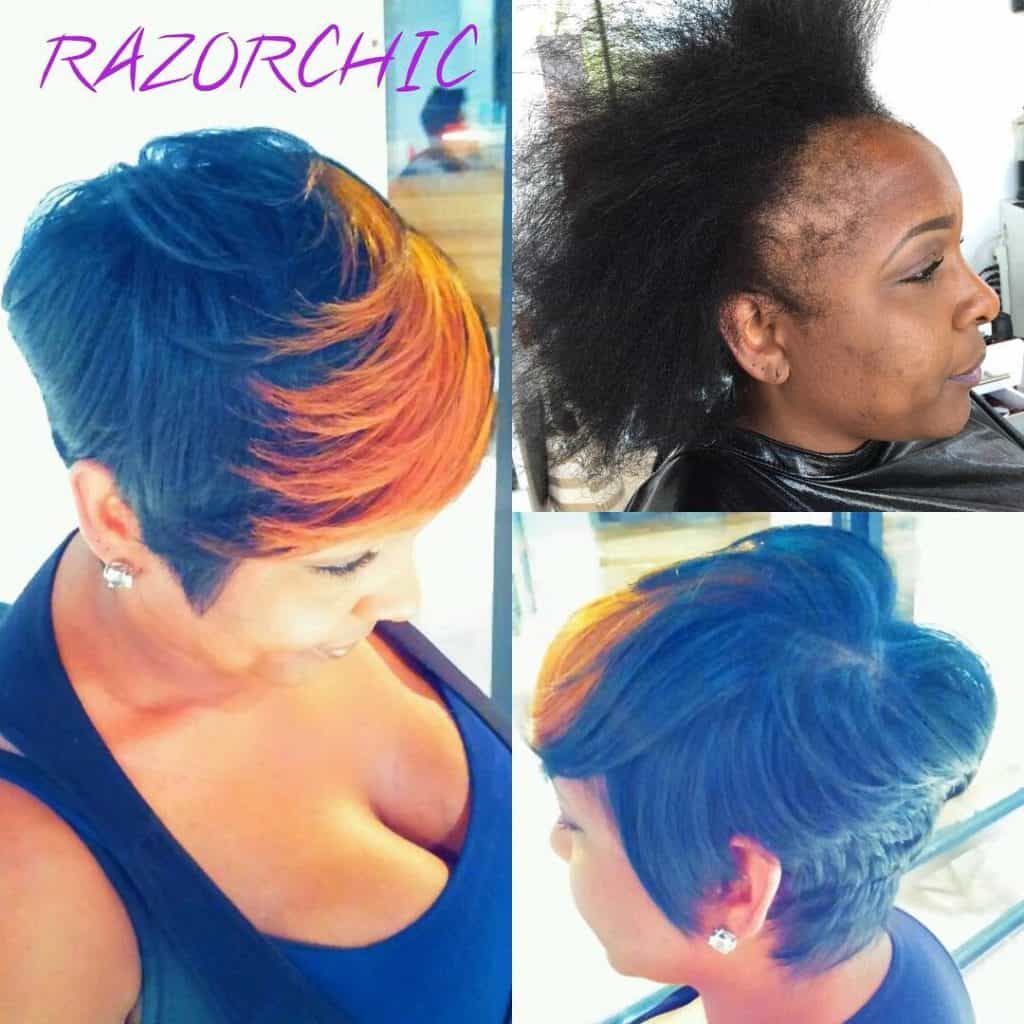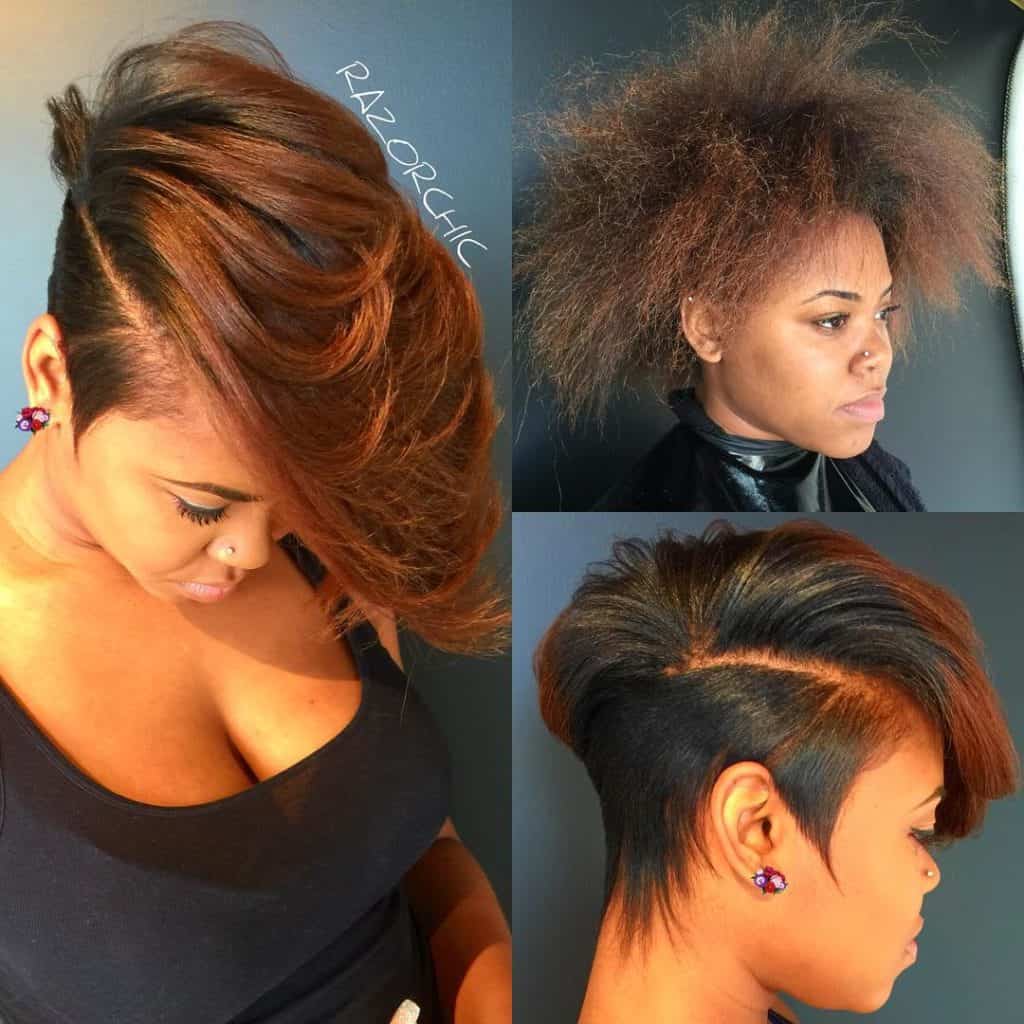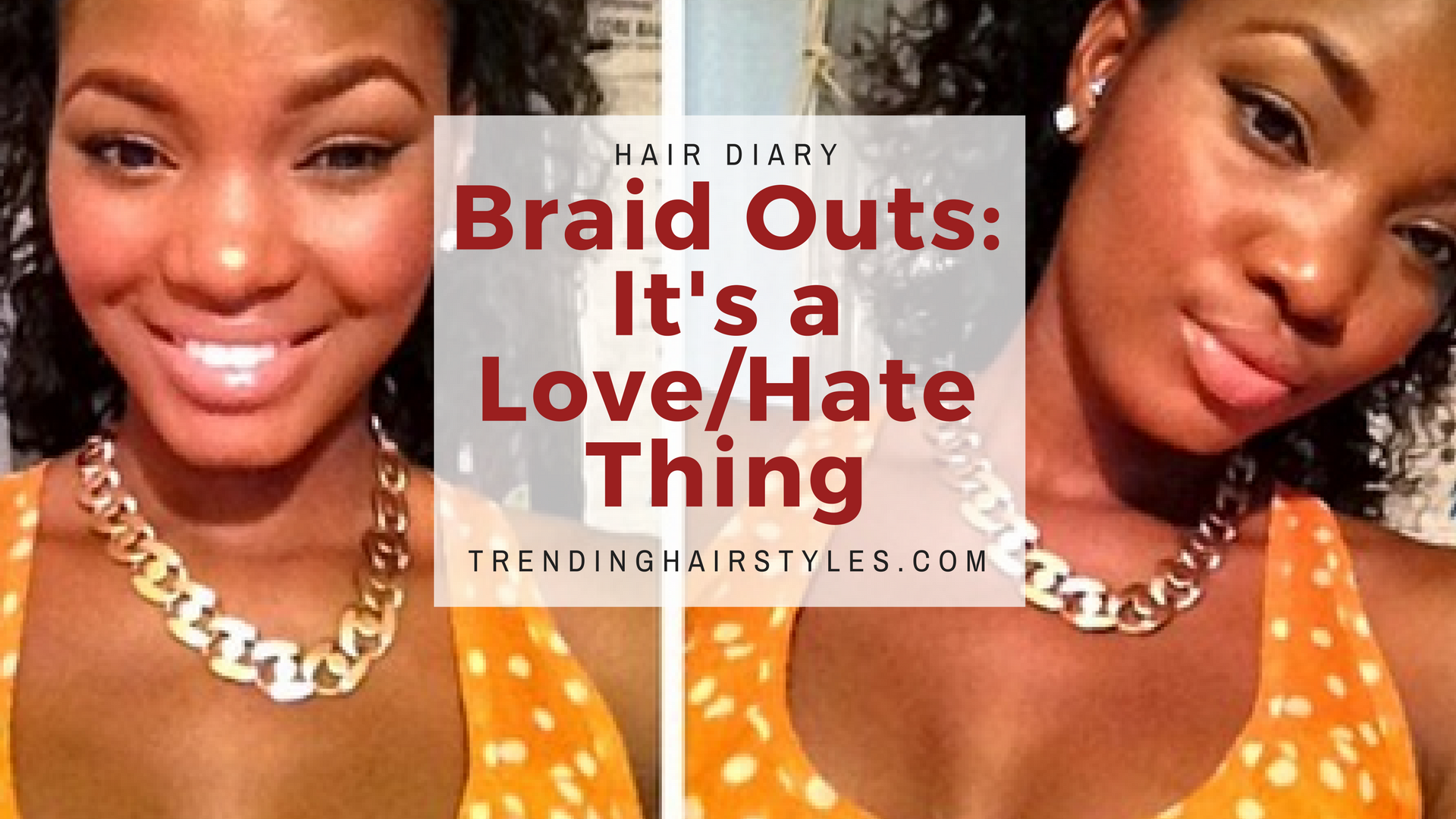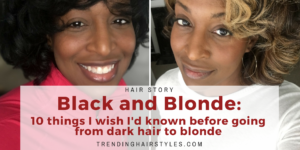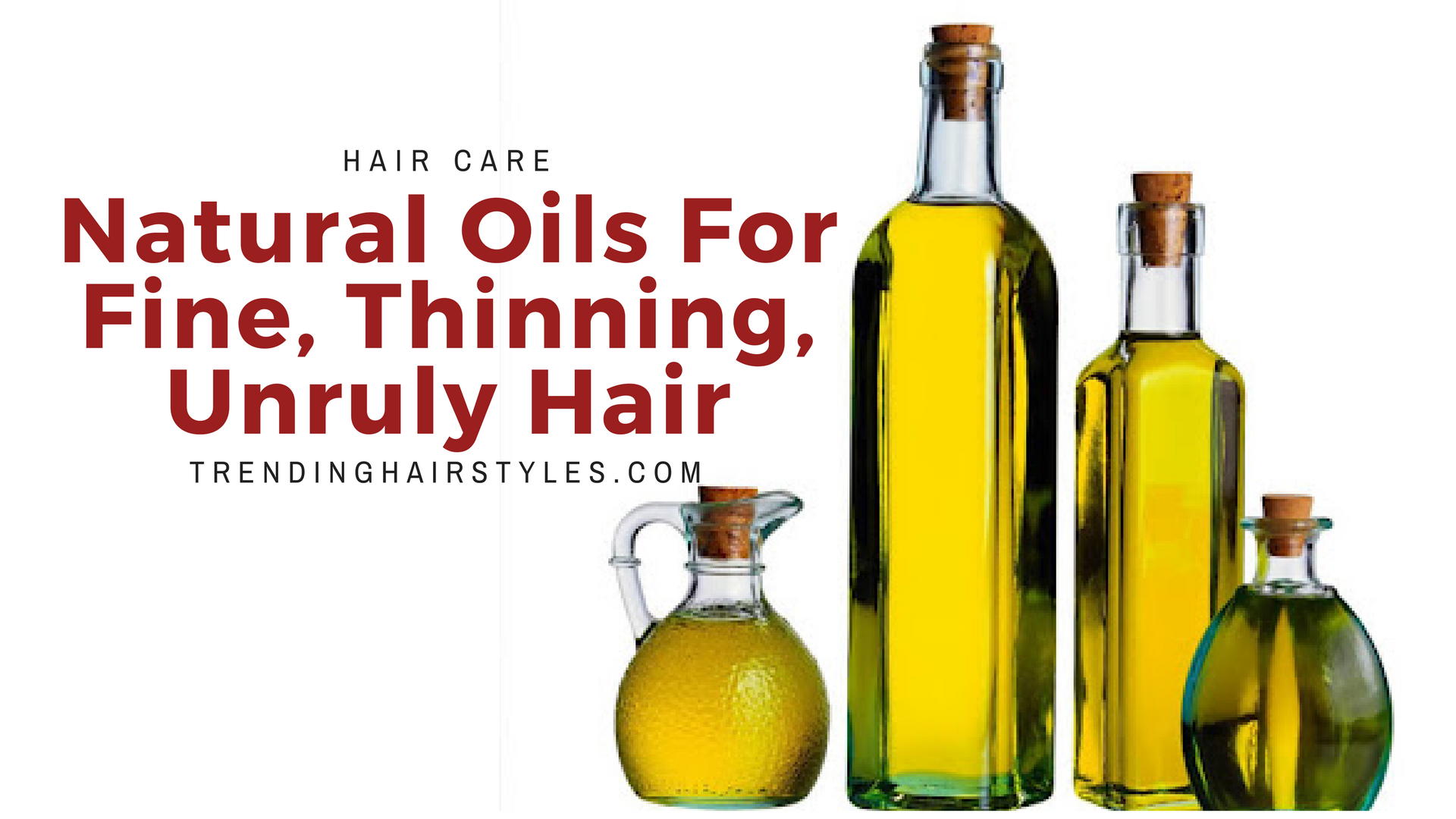Thinning Hair in Black Women: What To Do When It Happens To You
Why is my hair thinning?
Thinning hair in black women has increased in recent times and is referred to in the medical field as ‘Alopecia’. The most common type of alopecia that black women encounter is called Traction Alopecia. The Journal of the American Academy of Dermatology states that more than 1/3 of all African American women suffer from thinning hair in their lifetime with the youngest sufferers starting as early as 6 years old. This type of hair thinning is often seen towards the front hairline and along the sides of the face. Some women will also notice thinning of the middle of their hair.
Unfortunately, not all thinning hair in black women are caused by things we can change or control. There is another type of hair thinning known in the medical field as androgenic alopecia. This is a genetic condition that causes your hair shaft to grown in thinner over time. This is often seen in older women who are going through or who have gone through menopause.
Common causes of thinning hair in black women
The most common cause of thinning hair in black women are tight cornrows, braids or ponytails. As a result one of the most effective treatments is to stop stressing the hair with these styles. This will help in the beginning stages so it is important for you to take careful note of the condition of your hair each day so as soon as it starts changing you can nip it in the bud.
Another common cause of traction alopecia in black women is bonding and gluing in hair pieces. While this practice is not very common nowadays there are a lot of black women who now have thin hair because of how often they would bond or glue in hair pieces into their hair in incorrect ways.
What to do about your thinning hair
The best treatment for thinning hair is based on the reason the hair is thinning out in the first place. As mentioned above if you have just started noticing minimal thinning and you know you are guilty of wearing hairstyles that pull your hair too tight – your first course of action is to stop wearing these hairstyles. If your alopecia is genetic, there are some treatments that you can use to help your hair grown in fully such as Rogaine which will enhance regrowth after around 6 months of continuous use.
If your thinning is more advanced you may need to see a doctor, whether a general practitioner or a Dermatologist. Your doctor will likely prescribe you antibiotics if your thinning is accompanied by inflammation. Some doctors may also prescribe cortisone injections that are administered directly into the scalp. These include things like Jamaican Black Castor Oil, rosemary oil etc.
What you can do to help stimulate regrowth of your thinning hair at home is to consume a diet rich in protein and iron. There are also a number of hair growth supplements you can take orally as well as treatments that can be used on the scalp to help stimulate regrowth in areas where your hair has thinned out significantly.
Hairstyles For Thinning Hair in Black Women
For hair that is thinning at the hairline you can put your hair into hairstyles that hide the thinning spots. You should never add hair extensions as these could make matters worse. The key is to use the hair you have to cover the thinning spots as best as possible. This can be done with side bangs, twist outs, updos with cascading hair and bangs.
Video and photos via @RazorChic on Instagram. Check out more from Master Stylist Jasmine Collins in our #TrendingStylist feature.
This post was updated on January 8, 2017
You Might Also Like These Articles:
image sources
- Title Page: https://scontent-ort2-1.cdninstagram.com/t51.2885-15/e15/10593393_698038606943136_932927727_n.jpg


